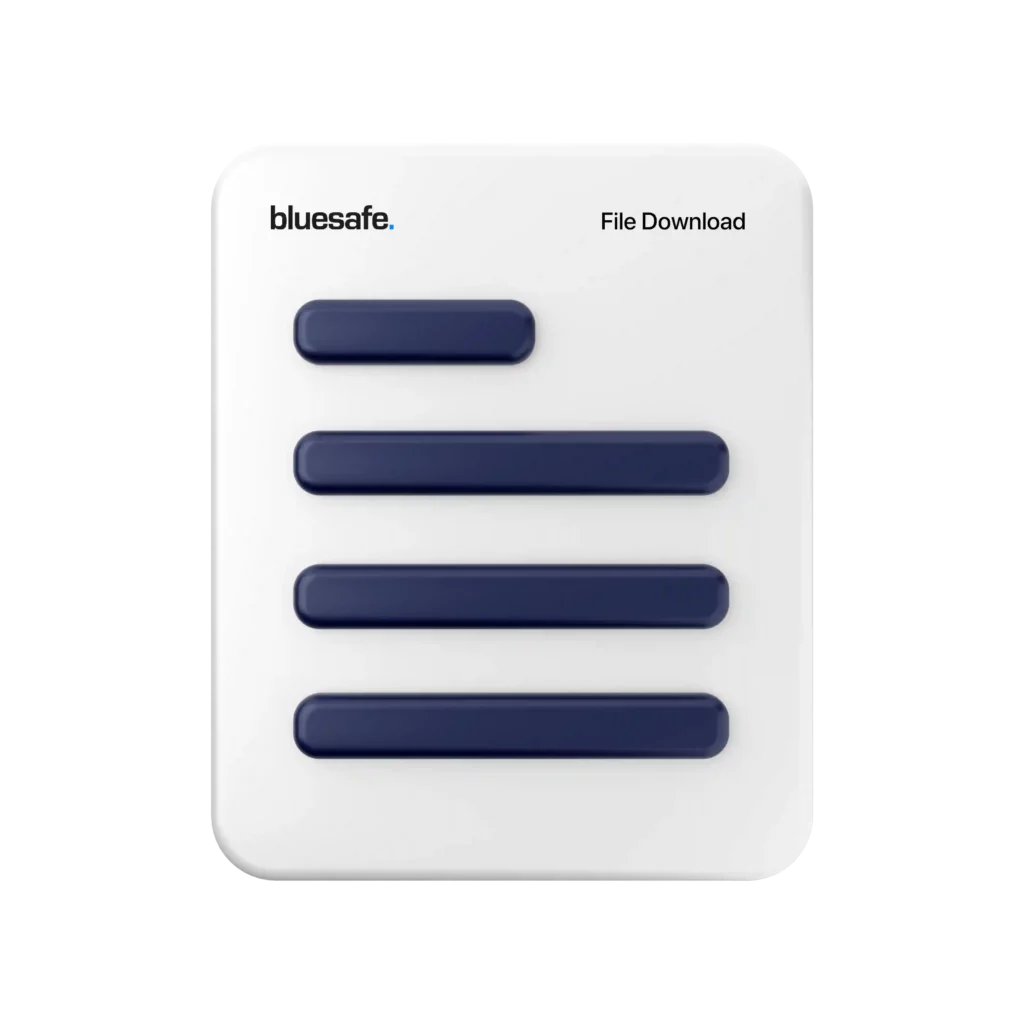Now, I know what you’re thinking, “Gary, this sounds boring!” but trust me, this is something that you cannot afford to overlook. Workplace safety is paramount, and it’s our responsibility to ensure that everyone who sets foot on our premises remains safe and sound.
So, let’s dive right in!
First things first, let’s make sure we’re all on the same page about what SWMS actually are. In simple terms, SWMS is a document that outlines the steps required to carry out a particular task safely. It identifies the hazards and risks associated with the task and outlines the control measures that need to be put in place to ensure the safety of everyone involved.
So, how do we go about training our employees on SWMS?
Step 1: Understand the importance of SWMS
The first step is to make sure that everyone understands why SWMS are so important. You can’t just hand out a document and expect people to read it and follow it. You need to explain to them why it matters.
Explain the consequences of not following SWMS – injury, accidents, lost time, and lost money. Make sure that everyone understands that they have a responsibility to follow the SWMS and that failure to do so could have serious consequences.
Step 2: Provide training on how to use SWMS
Once everyone understands why SWMS are important, it’s time to provide training on how to use them. This includes things like how to read and interpret the document, how to identify hazards and risks, and how to implement control measures.
Don’t just assume that everyone knows how to do this. Take the time to walk them through the process and answer any questions they may have. This is a crucial step in making sure that everyone is on the same page when it comes to safety.
Step 3: Ensure that SWMS are accessible
Make sure that the SWMS are easily accessible to everyone who needs them. They should be readily available in the area where the task is being carried out. This means that they need to be kept up to date and easy to understand.
Consider putting up posters or signs that remind people of the importance of SWMS and where they can be found. The easier it is for people to access the SWMS, the more likely they are to use them.
Step 4: Monitor and review
Once you’ve provided training on SWMS and made sure that they’re easily accessible, it’s time to monitor and review. This means checking that people are actually using the SWMS and following the procedures outlined in them.
This can be done through regular inspections and audits. Make sure that everyone knows that you’ll be checking up on them and that failure to follow the SWMS could result in disciplinary action.
Step 5: Continuous improvement
Finally, it’s important to remember that SWMS are not a set-and-forget document. They need to be continuously reviewed and updated to reflect any changes in the workplace or the task being carried out.
Encourage feedback from your employees and make sure that any suggestions for improvement are taken on board. This not only helps to improve safety, but it also shows your employees that you value their input and care about their wellbeing.
In conclusion, training your employees on SWMS is not something that you can afford to overlook. It’s your responsibility to ensure that everyone who sets foot on your premises remains safe and sound. By following these five steps, you can make sure that your employees are equipped with the knowledge and tools they need to carry out their work safely.
Remember, workplace safety is everyone’s responsibility, and it starts with you!
Cheers,

![]()






